The Latvian violinist grew up with Shostakovich’s Violin Concerto no.1, a work that allows a lot of freedom of expression – as her two recordings amply demonstrate

Discover more Featured Stories like this in The Strad Playing Hub.
Read more premium content for subscribers here
I was in my early teens when I first heard Shostakovich’s First Violin Concerto. Growing up in Latvia in the 1980s, my sisters and I had no pop or rock music, and when I wanted to release my emotions I’d put on Shostakovich. And at some point, the Violin Concerto became the piece I’d always turn to. I think that many people can underestimate it, because it contains all the facets of human emotion that you can imagine. For me it became a way to feel all the pain and anger I felt as a teenager, as well as all the love.
Of course I wanted to play the concerto straight away, and I remember my teacher at the time refused to let me learn it, thinking the piece was too big and complex for me at the time. I can recall listening to it on my Walkman when I attended the Aspen Music Festival for the first time; I had the sheet music with me and had to practise it in secret while I was over there! It was only when I had moved to Germany to study with Petru Munteanu that I had a chance to study it properly – and it took a while to convince him as well! The first chance I had to perform it in public was at the Premio Paganini competition in 1998, when I was 17.
It takes a very long time and lots of work to understand the concerto. Mr Munteanu and I worked on it together, and my experience of Shostakovich from my childhood in Communist Latvia really helped, particularly the feeling of being oppressed and wanting to get out of the country. Playing it is a very complex emotional journey and quite draining; because of that, I try not to perform it too often as I need time to regenerate afterwards. I keep it for certain moments and perform it only with people who I know well, and whose interpretations I trust.
When I work on a new piece, I’m always very strict and first learn exactly what’s in the score; only after that do I go over it finding how to make it my own. If you compare the Shostakovich to the Bartók concertos, for example, where everything is written in the score, playing Shostakovich is much more free. Of course there are certain markings, but his music speaks more for itself and has its own kind of evolution, which gives a lot of room for interpretation. Even the tempos aren’t set in stone, so that often the rubato will just come automatically.
I’ve recorded the concerto twice: once in 2004 – the second recording I ever made, and most recently with the Boston Symphony Orchestra under Andris Nelsons. This was a live recording, done in 2022 just after the start of the Russia–Ukraine War, which shocked us all at the time. Listening to the edits again, three years later, I was amazed by the tempos that we took: the slow movement in particular was slower than we normally play it, and I think we got carried away by our emotions. The whole thing feels very driven. But I think this shows the greatness of the music; it allows us to change things and do them differently on the spot, and it still works.
If I were talking about this piece to my students, I’d advise them not to underestimate it. It’s technically challenging, and requires soloists to pace themselves in order to have the strength to finish it, especially because the beginning of the piece is so emotional. Nowadays we often hear it in competitions because it has a great effect on audiences, but it’s a very physical concerto that requires the player to understand the love, the pain and the anger that it embodies.
INTERVIEW BY CHRISTIAN LLOYD
Read: Baiba Skride: Life Lessons
Read: Masterclass: Baiba Skride on the Berg Violin Concerto, first movement
Discover more Featured Stories like this in The Strad Playing Hub.
The number one source for playing and teaching books, guides, CDs, calendars and back issues of the magazine.
In The Best of Technique you’ll discover the top playing tips of the world’s leading string players and teachers. It’s packed full of exercises for students, plus examples from the standard repertoire to show you how to integrate the technique into your playing.
The Strad’s Masterclass series brings together the finest string players with some of the greatest string works ever written. Always one of our most popular sections, Masterclass has been an invaluable aid to aspiring soloists, chamber musicians and string teachers since the 1990s.
The Canada Council of the Arts’ Musical Instrument Bank is 40 years old in 2025. This year’s calendar celebrates some its treasures, including four instruments by Antonio Stradivari and priceless works by Montagnana, Gagliano, Pressenda and David Tecchler.

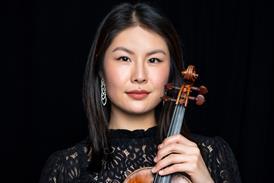
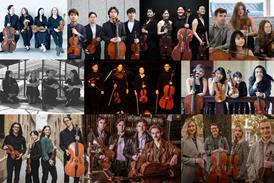
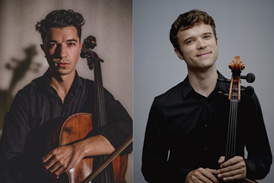

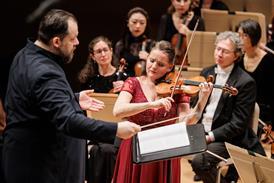
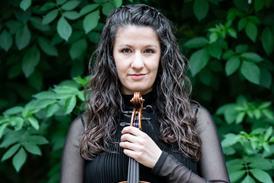
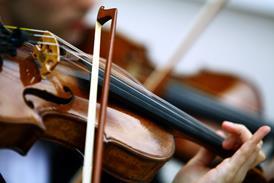

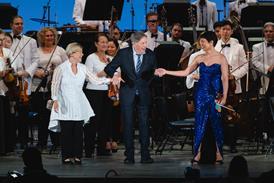


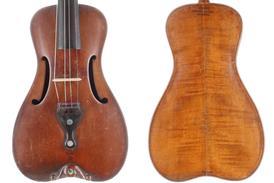
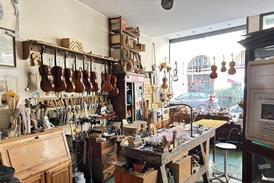




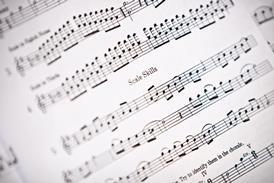


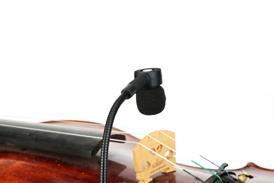


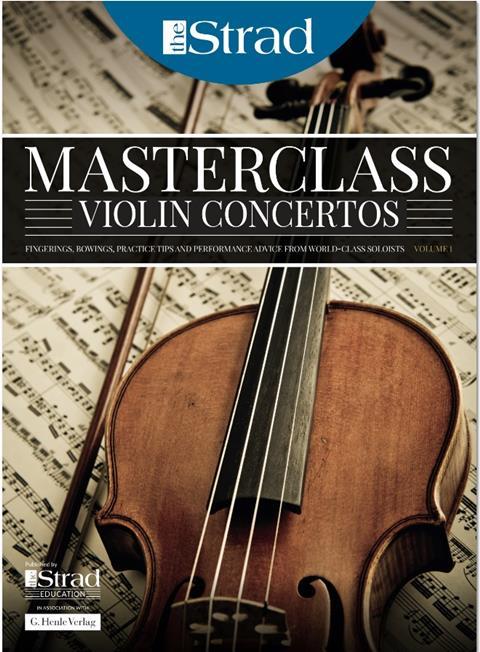
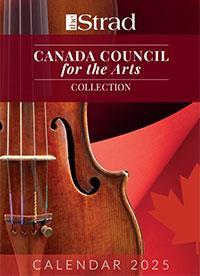












No comments yet